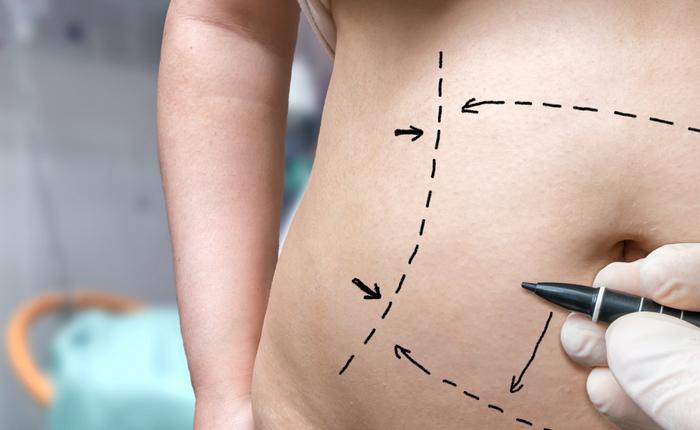Most people have a general idea of how liposuction works, but for those who are thinking about undergoing the procedure, it’s important to know about what the process itself involves and who it can be useful to. Liposuction can be done using a variety of methods, including ultrasound and laser, but the most commonly known is suction.

During suction-assisted liposuction, the surgeon administers an anesthetic before injecting the area with a combination of saline and medications designed to relieve pain and remove fat. They then insert a thin tube underneath the skin via a small incision. This is connected to a vacuum that extracts bodily fluids and fats.
Liposuction (or lipoplasty) is designed to extract fat from specific areas, such as the buttocks, hips, thighs, and abdomen to help achieve a more evenly-proportioned body shape. While this form of surgery is often performed on specific areas of the body, another option is 360 liposuction, which is designed to reduce fat in multiple areas of the body simultaneously.
Busting Liposuction Myths
As with any form of cosmetic surgery, it’s essential to understand the limitations of the procedure, as this will ensure a better chance of satisfaction with the results. Before booking your first consultation, keep in mind that liposuction cannot:
Change your life
While surgeries of this nature are often described as “life-changing,” in reality, they can only change one aspect. Liposuction has one job to do, but it cannot snag you a promotion or a romantic partner.
Make you Look Completely Different
Wanting to look like someone other than yourself can stem from issues related to body image and self-esteem. For this reason, it’s important to address these issues before altering your physical appearance with the help of a licensed therapist.
Dramatically Reduce Weight
Liposuction is designed to reduce small amounts of fat. As subcutaneous fat tends to be light in weight, patients may see a change in appearance, but not necessarily on the scales. The heavier visceral fat cannot be reduced by liposuction but with healthy foods and regular exercise.

Act As a Substitute for Bariatric Surgery
While liposuction is a body contouring procedure, bariatric surgery is designed to help with obesity and associated health risks. The only similarity between the two is that they should both only be attempted after nutrition and exercise have proved unsuccessful.
Remove Stretch Marks or Cellulite
While these will not be affected by liposuction, they can increase with weight gain or loss. While these can also be treated using a range of methods, it’s important to note that while we are used to seeing skin through the lens of a beauty filter, so-called “imperfections” like these are more common than you might think.
Alter Lifestyle Habits
Liposuction can reduce the number of fat cells in a specific area, but it can’t remove them completely. The remaining fat cells can still shrink or expand, meaning that resuming an unhealthy diet could effectively reverse the effects of the liposuction.

Endnote
Liposuction is not a substitute for these practices and keeping healthy should be as much of a priority as maintaining personal appearances, if not more. Additionally, once you have the procedure, getting started with a regular exercise regimen that you enjoy is key to helping you maintain the results of your surgery.










